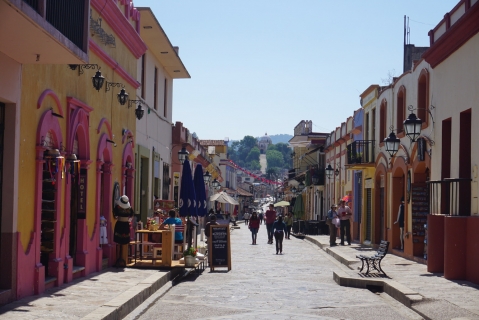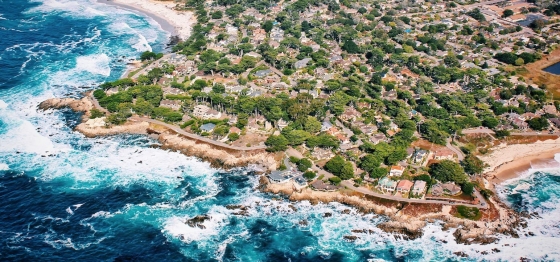Cabo Rojo Rainfall & Precipitation: Monthly Averages and Year-Round Insights
This page shows the average amount of rainfall per month in Cabo Rojo. The numbers are calculated over a 30-year period to provide a reliable average. Now, let’s break down all the details for a clearer picture.
Generally, Cabo Rojo has a moderate amount of precipitation, averaging 712 mm of rainfall annually.
Monthly Precipitation Levels
The average number of days each month with precipitation (> 0.2 mm)
September, the wettest month, has a maximum daytime temperature of 30°C. During the driest month January you can expect a temperature of 28°C. For more detailed insights into the city’s temperatures, visit our Cabo Rojo Temperature page.
Annual Precipitation in Puerto Rico
The map below shows the annual precipitation across Puerto Rico. You can also select the different months in case you are interested in a specific month.
 heavy rainfall
heavy rainfall
 high
high
 moderate
moderate
 low
low
 almost none
almost none
Amsterdam Precipitation Compared World Wide
Cabo Rojo’s average annual precipitation is 712 mm. Let’s compare this to some popular worldwide tourist destinations:Chicago, USA, sees an annual precipitation of 1062 mm, with rain and snow contributing to its humid climate.
In Seoul, South Korea, the average annual precipitation is 1237 mm, with most rain falling during the summer monsoon season.
Perth, Australia, receives 565 mm of rainfall annually, mostly during the winter months.
Mumbai, India, experiences a tropical monsoon climate with 1860 mm of annual rainfall, with the majority of precipitation happening during the monsoon season from June to September.
How is Precipitation Measured?
Precipitation amounts are measured using specific gauges installed at weather stations, collecting both rain and snow and any other type of precipitation. Rainfall is measured directly in millimeters, while that from snow and ice is obtained by melting it. Automated systems often incorporate heaters to make this easier.
Information from these stations is transmitted via Wi-Fi, satellite, GPS, or telephone connections to central monitoring networks. This information is immediately updated and integrated into weather models and forecasts.
Sea vs. Land Precipitation
The proximity of a location to a large body of water can significantly affect its rainfall patterns:
- Ocean Influence: Coastal regions typically receive more rainfall due to the presence of moisture-laden winds from the ocean. These regions tend to have more humid climates and experience more frequent precipitation, especially in winter.
- Continental Climates: Areas further from the sea, such as inland or continental regions, experience less frequent rainfall and more extreme seasonal variations in precipitation.
For more detailed information about Cabo Rojo’s weather, including sunshine hours, humidity levels, and temperature data, visit our Cabo Rojo Climate page.
Current rainfall in Cabo Rojo
partly cloudy and no rain
partly cloudy and chance of rain
partly cloudy and rain




